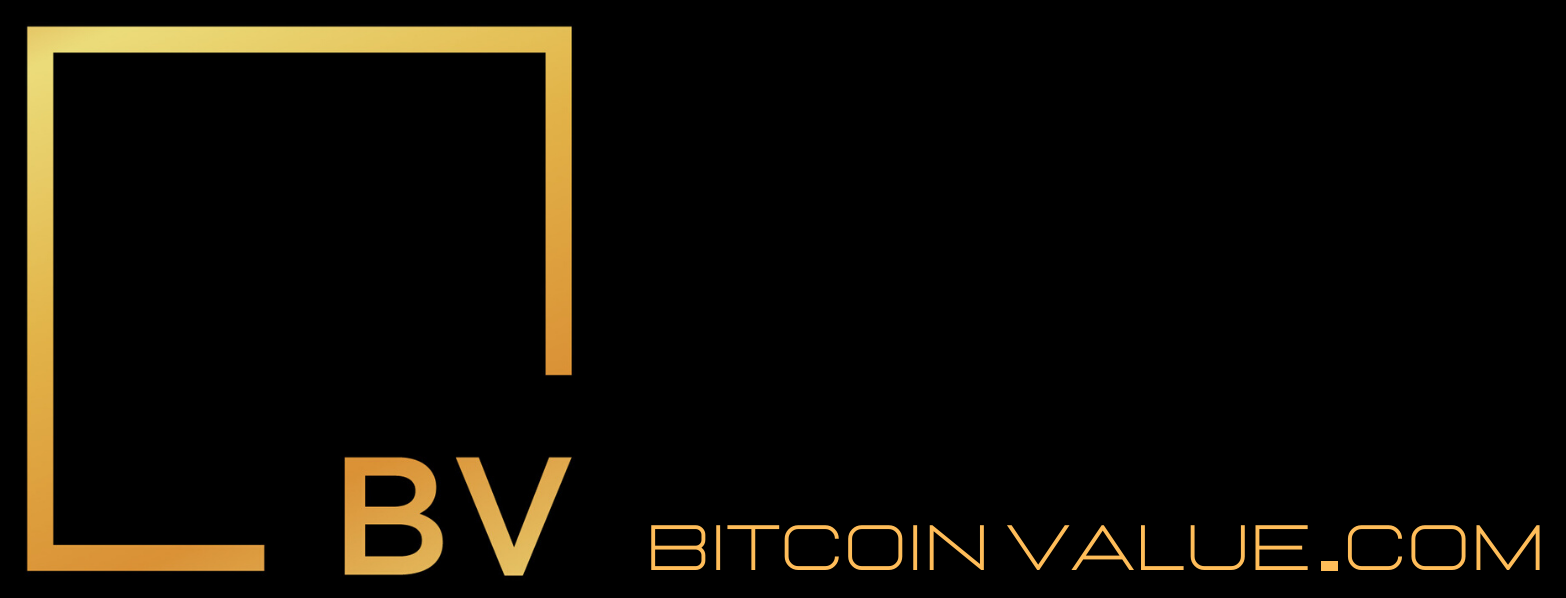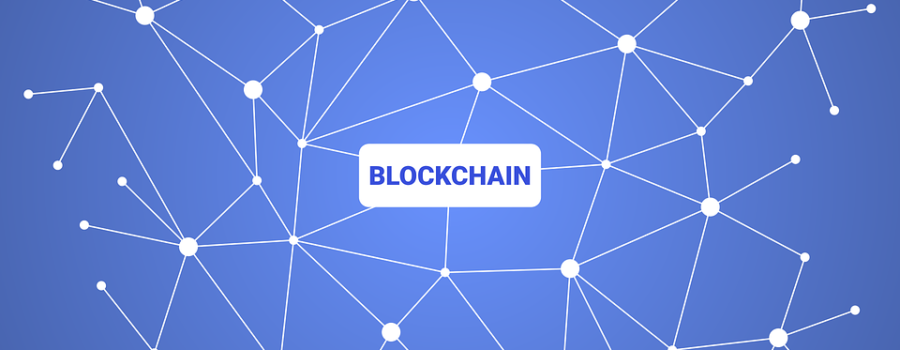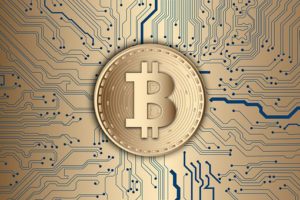Ever since the peak Bitcoin value amount of nearly $20,000 was reached, Blockchain seems to be everywhere today: in newspapers, on the internet, and on the news. Unfortunately, not many people understand exactly what it is.
Without a doubt, blockchain can be considered one of the greatest inventions this century. Blockchain was initially described in 1991 by researchers as a way to timestamp digital documents. This feature would make documents impossible to tamper with.
The modern blockchain came to be in 2009 thanks to Satoshi Nakamoto, which is a pseudonym of the people who invented it. Since blockchain was invented, it has evolved from the technology that gives power to Bitcoin to a pillar of digital data.
What is Blockchain?
Despite sounding singular, there is not just one blockchain. The term refers to the whole system of distributed ledger technologies which can track and record anything that has value. Therefore, it is not just limited to financial transactions. It can even be used for medical records and land titles.
Every single block contains data, including the hash of the previous block. A hash functions just like a unique fingerprint; it helps to identify a block, as well as its contents. Altering the block will change the hash, so it can be utilized to detect block changes. Think about it, if a fingerprint changes, then it no longer is associated with the same person – blockchain works the same way.
The block’s data depends on the kind of blockchain. For example, Bitcoin blockchain stores transactional information such as receiver, sender, and amount.
What Makes Blockchain Different?
Blockchain is expected to revolutionize the way people live. In order to track and record data, blockchain stores relevant information in blocks. These blocks are linked chronologically to form a continuous line or a chain of blocks.
If users want to alter information which was recorded in a single block, there is no way to rewrite it. What people need to do is to store the information on a new block. Therefore, it would indicate the changes made including the time and date it happened.
If this method sounds familiar to you, it is because it is based in one of the oldest methods of tracking and recording data: general financial ledgers. Blockchain offers its users a nondestructive way to alter data.
For instance, if there was a conflict which happened between Person A and Person B over the ownership of land, there will be an entry in the blockchain which tracks who rightfully owns the property. Not only that, previous owners of the land until who the current owner will also be contained in a block in the ledger. Therefore, blockchain can enable people to track history accurately.
Decentralized
However, unlike the ledger in book form, blockchain is meant to be decentralized. Meaning, contained data is distributed among many computers which enables sharing of the information. This significantly reduces the chances of someone tampering with the data.
Trusted Data
Because of this, blockchain’s data can be trusted. A block cannot simply be added to the chain. It has to comply with a number of requirements first. First, a puzzle must be solved in order to create the block. A hash is also calculated.
The person or computer who solves the cryptographic puzzle then shares the solution to other computers which are part of the network. This process is called proof of work. Then, it will be verified by other computers which are part of the network. Only if it is correct will it be added to the chain. The network entrusts the building of the blocks to all of its users. Therefore, people can access the data whenever they please.
No Middleman Needed
Blockchain has also made it possible to perform transactions without the help of intermediaries. When people do business without blockchain, they rely on intermediaries such as lawyers or banks. The intermediaries seek to gain the trust of the parties involved. These intermediaries also verify information.
Because of intermediaries, the probability for risk and exposure is limited. However, it adds another step to the transaction which results in more money and time required.
For data that is stored in a blockchain, people would be able to do transactions without the help of a middleman. This is because all blocks have been verified to ensure its accuracy. By cutting out an intermediary, users would save a significant amount of resources.
This peer to peer data interaction can potentially revolutionize the way people interact with one another. Because blockchain is not a single network, but rather a type of technology, it can be utilized in countless ways.
Types of Blockchain
There are a number of blockchains which are completely public. These blockchains can be accessed or viewed by everyone. Meanwhile, there are also private blockchains which can only be accessed by authorized individuals. This is common with companies.
Lastly, there are hybrid blockchains, a mix of the two types of blockchains. In other blockchains, people with private access can view the information, while members of the public can only access limited data. In some blockchains, everyone can view the data. However, only select people can add new data.
For example, an organization can enable everyone to view the properties of individuals, but instead of letting everyone add new information, they can reserve the right to update information exclusively to administrators.
Blockchain’s Endless Potential
The combination of its strengths, like decentralized data, trustworthy information, and the ability to interact with data without the help of a middleman, enables blockchain to transform how people interact with one another.
However, like the increase in internet usage, blockchain faces numerous policy concerns including security, economics, international law, and governance. With the Bitcoin value rising, it will bring more attention to blockchain technology over time and people will learn the many use cases and benefits of blockchain technology in the real world.





Most Commented Posts